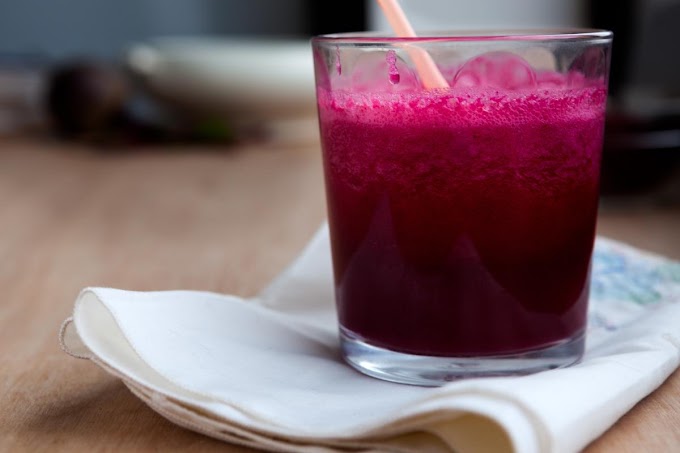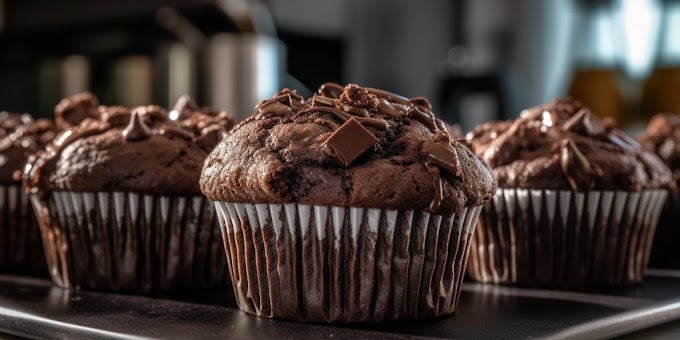Why Do Frozen Pizzas Become Soggy or Burnt?
Frozen pizzas can become soggy or burnt due to uneven cooking or improper handling. The balance between the dough, toppings, and sauce is delicate, and frozen pizzas often have excess moisture, leading to sogginess. On the other hand, cooking at too high of a temperature or using the wrong equipment can lead to burnt crusts or overcooked toppings.
Top Tips for Perfect Frozen Pepperoni Pizza
Preheat Your Oven Properly
Preheating is essential for ensuring even cooking. Most frozen pizza boxes recommend a specific temperature, usually around 400°F (200°C). However, many people skip the preheating step, leading to uneven cooking and sogginess. Make sure your oven is properly preheated before placing the pizza inside. The intense heat ensures the pizza cooks evenly from the bottom up, giving you a crispy crust and well-cooked toppings.
Use a Pizza Stone or Steel
If you want to take your frozen pizza to the next level, invest in a pizza stone or steel. These tools retain heat and create a crispy crust. Simply preheat the pizza stone or steel in the oven while the oven itself is heating up. When the pizza is placed directly on the hot surface, the crust will cook faster and more evenly. This prevents the sogginess that sometimes results from moisture in the dough.
Adjust the Rack Position
Placement in the oven can affect how your pizza cooks. For a crispy crust, place the pizza on the lowest oven rack to allow direct heat to crisp up the base. If you’re aiming for a golden, bubbly cheese topping without overcooking the crust, you might want to move it to the middle rack halfway through the cooking time. Adjusting the rack position ensures that both the bottom and top of the pizza cook properly.
Thaw the Pizza Slightly
Thawing the pizza for a few minutes before placing it in the oven can help prevent sogginess. Let the frozen pizza sit out on the counter for about 10–15 minutes. This reduces the moisture content as the pizza begins to thaw, which helps the crust become crispier during baking. Be careful not to let it thaw for too long, or the toppings may cook too quickly while the dough is still baking.
Avoid Excess Moisture
Sometimes, frozen pizzas can release too much water during baking, especially if there are vegetables or frozen cheese included. One trick to prevent this is to lightly dab any moisture on the surface of the pizza before baking using a paper towel. You can also remove excess water from the pepperoni slices by pressing them between sheets of paper towels. This simple trick helps avoid a soggy center.
Brush the Crust with Olive Oil
Brushing the edges of the pizza crust with olive oil before baking can add flavor and help it crisp up nicely. Olive oil not only enhances the taste but also creates a golden, crispy texture on the outer edge of the pizza. You can even add a sprinkle of garlic powder, herbs, or Parmesan cheese for an extra burst of flavor around the crust.
Use Parchment Paper for an Even Bake
Parchment paper can help distribute heat more evenly and prevents sticking. Place a sheet of parchment paper on the oven rack or on your pizza stone before placing the pizza on top. This will allow the heat to circulate more effectively, cooking the pizza from both the top and the bottom without the risk of it becoming soggy.
Try the Broiler for a Crispy Finish
If your pizza’s crust is cooked but the cheese isn’t perfectly bubbly or browned, you can finish the pizza under the broiler for a minute or two. This method ensures that the cheese gets nicely melted and bubbly without overcooking the crust. Keep a close eye on it, though, as the broiler works quickly and can burn the toppings if left unattended.
Don’t Overload with Extra Toppings
While it may be tempting to add extra toppings to your frozen pizza, doing so can lead to sogginess. Too many toppings can prevent the crust from cooking evenly and release excess moisture, particularly with ingredients like fresh vegetables or additional cheese. If you do want to add extra toppings, consider pre-cooking vegetables or meats beforehand to reduce their moisture content.
Consider a Convection Oven
If your oven has a convection setting, try using it to cook your frozen pizza. Convection ovens circulate hot air, which can help cook the pizza more evenly and quickly, especially when aiming for a crispy crust. Be sure to reduce the temperature by about 25°F (15°C) when using convection, as these ovens tend to cook faster than traditional ones.
Cooking Times and Temperature Guidelines
The cooking time for a frozen pepperoni pizza generally ranges between 12 and 18 minutes, depending on the oven and the thickness of the pizza. The temperature should be around 400°F (200°C), but always check the box for manufacturer recommendations. Keep in mind that using tools like pizza stones or convection ovens may slightly reduce cooking time. It’s also important to rotate the pizza halfway through cooking to ensure even heat distribution.
Checking for Doneness
To check if your frozen pepperoni pizza is cooked perfectly:
The crust should be golden brown and crispy to the touch, particularly on the edges.
The cheese should be fully melted, with a slightly golden-brown top.
The pepperoni should be sizzling and have a slightly crisp edge without being burnt.
If the crust is still soft or the cheese isn’t fully melted, allow the pizza to bake for a few more minutes, checking every minute or two.
Conclusion: Enjoy Perfect Frozen Pepperoni Pizza Every Time
Cooking frozen pepperoni pizza can be a quick and satisfying meal option, but achieving a perfectly crispy crust and gooey cheese requires a bit of finesse. By following these tips—such as preheating the oven, using a pizza stone, adjusting the rack position, and avoiding excess moisture—you can ensure that your pizza comes out crispy and delicious every time. Remember to keep an eye on the cooking time and make small adjustments based on your oven and pizza brand.
With these techniques, you’ll never have to worry about soggy or burnt frozen pizza again. So, next time you’re in the mood for a quick pepperoni fix, you’ll know exactly how to cook it to perfection!








Social Plugin